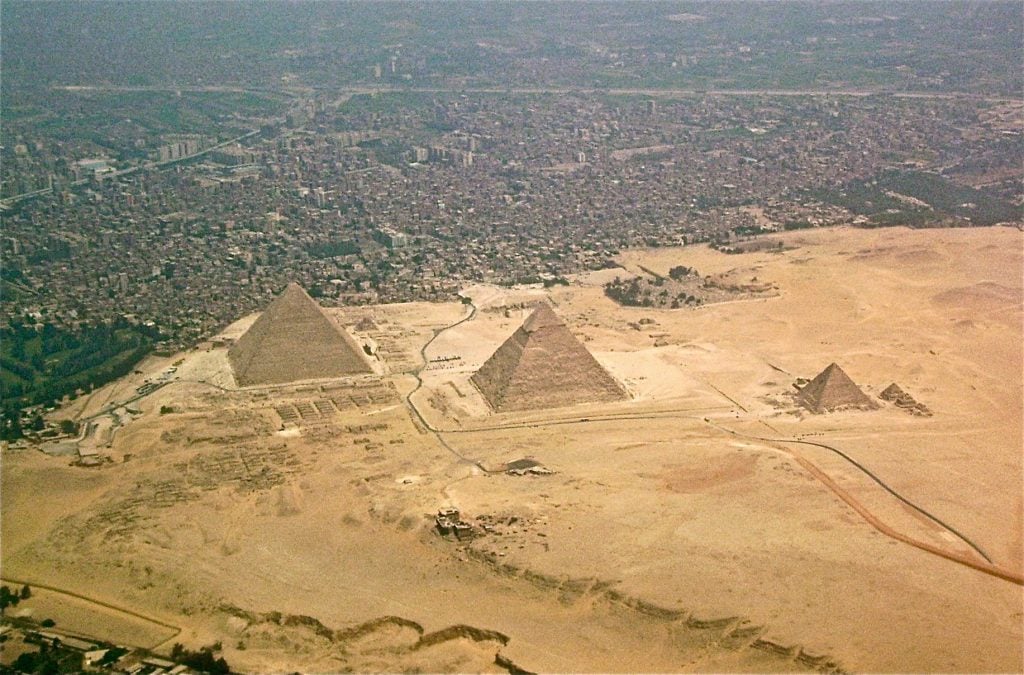Art World
Research Reveals That the Great Pyramid of Giza Is Wonky
Early Egyptians were a little less precise than previously thought.

Early Egyptians were a little less precise than previously thought.

Carol Civre

New research has revealed that the Great Pyramid at Giza, which was previously thought entirely symmetrical, is actually a little lop-sided.
The pyramid was built for Pharaoh Khufu over 4,000 years ago and is the only Wonder of the Ancient World to survive intact. This news is surprising because Egyptians are known for their use of symmetry and impressive constructions. But it seems that they were human too, and not always completely precise.
The pyramid was originally coated in limestone, most of which is now gone, exposing the raw stone underneath. This missing layer has made it hard for researchers to calculate the exact dimensions of the pyramid in its original state.
However, a team of researchers, lead by engineer Glen Dash and Egyptologist Mark Lehner, was able to trace points along the pyramid’s original edges with the help of advancing technology.
The findings show that the base of the pyramid is not entirely square. The research team calculated the west side of the pyramid to be almost 6 inches (about 14 centimeters) longer than its east side, revealing the pyramid’s construction to be slightly uneven.

Great Sphinx of Giza, Egypt. Photo by Usuario:Barcex, Creative Commons Attribution-Share Alike 3.0 Unported license.
Despite this minor irregularity, the pyramid still stands as one of the most important tributes to the great precision of Egyptian architecture.
Researchers continue to examine the relics of ancient Egypt, awaiting for ever-newer technology to better understand how this civilization was able to achieve such precision considering the scarcity of tools and technology at their disposal, as reported by Live Science.